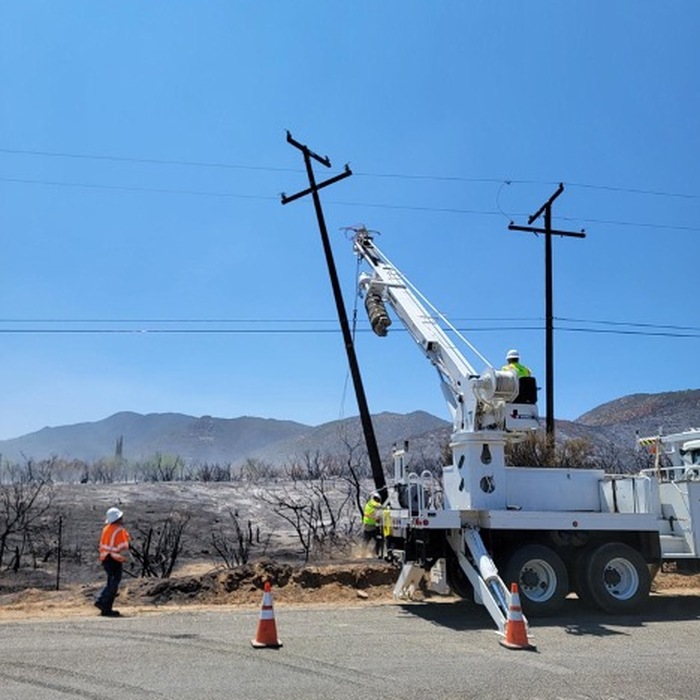
The bad news: Wildfires are increasing in number and intensity. The good news: There are concrete, research-proven steps utilities can take right now to minimize damage to your system—and reduce the risk that one of your downed lines is the culprit.
From 2019 to 2021, wildfires in the U.S. increased by 17%, and from 1983 to 2021 wildfires have increased by 223%. In 2020, wildfires in the U.S. caused over $16 billion in damages, not including indirect damages. Last year, 2021, was the longest and most destructive wildfire season, with 59,000 fires burning 7.1 million acres and destroying nearly 6,000 structures.
The peak of wildfire season is starting earlier and earlier. This year, as of late August 2022, there have already been 43,720 wildfire incidents and nearly 6 million acres have burned.
Wildfires leave a long trail of destruction in their wake. Transportation, communications, water supply, gas and electric services are all disrupted by wildfires. They destroy homes, businesses, crops, resources, and air quality. Communities can be left without power for weeks, causing major problems in operating hospitals, emergency services, heating, and more. And, of course, the fires and the resulting damage can be deadly to humans and animals.

What can utilities do to mitigate the risk of wildfires? First, inspect the vegetation around your distribution system and remove anything that could pose a wildfire risk. Utilities may need to coordinate with other agencies to do this. Constantly inspecting and remove vegetation, however, isn’t efficient. After removing immediate concerns, implement an integrated vegetation management, a strategy that utilizes herbicide applications to prevent the growth of incompatible vegetation without disturbing other wildlife and plant species.
Grid hardening is an essential risk mitigation tactic. Wood poles, particularly those in fire-prone areas, should be replaced with fire-resistant solutions. Moving wires underground or constructing remote grids are some of the more recent innovations being deployed. After lines have been hardened, routine inspection and maintenance is critical. Damaged or aging infrastructure are common points of failure, and they can lead to catastrophic damage.
Ductile iron is one of the best solutions for line hardening. Ductile iron poles provide a fireproof, heat-resistant solution for replacing existing lines or expanding service. Ductile iron poles are among the strongest and most fire-resistant utility poles in the United States, more durable than wood and more cost-effective than steel or concrete.

